Hair loss is a common issue that affects millions of men and women worldwide. While the experience of hair thinning or baldness can be distressing, advances in hair restoration have led to numerous effective solutions. Whether you’re dealing with genetic hair loss (androgenetic alopecia) or temporary shedding due to stress, there are both time-tested treatments and exciting new innovations available. This article will guide you through what works and what’s new in the world of hair loss treatments in 2024, helping you make informed decisions about restoring your hair’s health and fullness.
Understanding Hair Loss
Before diving into treatments, it’s essential to understand the root causes of hair loss. The most common type, androgenetic alopecia, affects both men and women. In men, this condition leads to the classic “M” shape of receding hairlines, while women typically experience a general thinning of the hair across the scalp.
Other causes of hair loss include:
- Stress or trauma (telogen effluvium)
- Nutritional deficiencies
- Autoimmune disorders (such as alopecia areata)
- Hormonal changes (including postpartum hair loss)
Addressing the cause of your hair loss is the first step toward finding the right treatment.
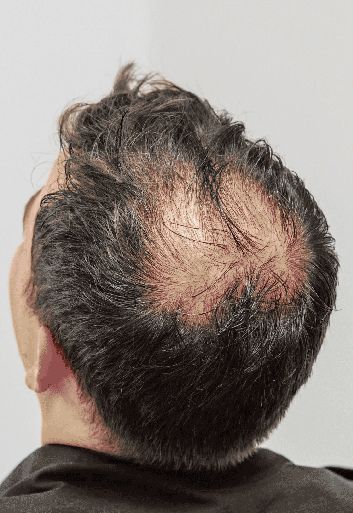
Best Hair Loss Treatments in 2024
1. Minoxidil (Rogaine)
One of the most popular and FDA-approved treatments for hair loss is Minoxidil, often sold under the brand name Rogaine. Minoxidil works by stimulating hair follicles and increasing blood flow to the scalp, which helps to maintain existing hair and encourage new growth.
- How to Use: Applied topically to the scalp (as a foam or solution), Minoxidil is used twice daily for men and once daily for women.
- Effectiveness: Visible results are usually seen after 3-6 months of consistent use.
- Side Effects: Some users may experience scalp irritation or unwanted facial hair growth.
2. Finasteride (Propecia)
Finasteride, also known as Propecia, is another FDA-approved treatment that is primarily used by men. It works by blocking dihydrotestosterone (DHT), the hormone responsible for hair follicle shrinkage in androgenetic alopecia.
- How to Use: Taken orally, typically 1 mg per day.
- Effectiveness: Studies show that Finasteride can reduce hair loss and even promote regrowth in many users. However, the drug must be taken continuously to maintain results.
- Side Effects: Some men report sexual side effects, including reduced libido and erectile dysfunction.
3. Platelet-Rich Plasma (PRP) Therapy
PRP therapy has gained traction as a non-surgical treatment for hair loss. This method involves drawing a small amount of the patient’s blood, processing it to concentrate the platelets, and then injecting the PRP into the scalp. The growth factors in platelets are believed to stimulate hair follicles, encouraging growth.
- How it Works: PRP treatments are typically done in a series of three sessions over several months, followed by maintenance treatments.
- Effectiveness: PRP shows promise for patients with early-stage hair thinning and is often combined with other treatments like Minoxidil.
- Side Effects: Mild pain at the injection site and temporary swelling may occur.
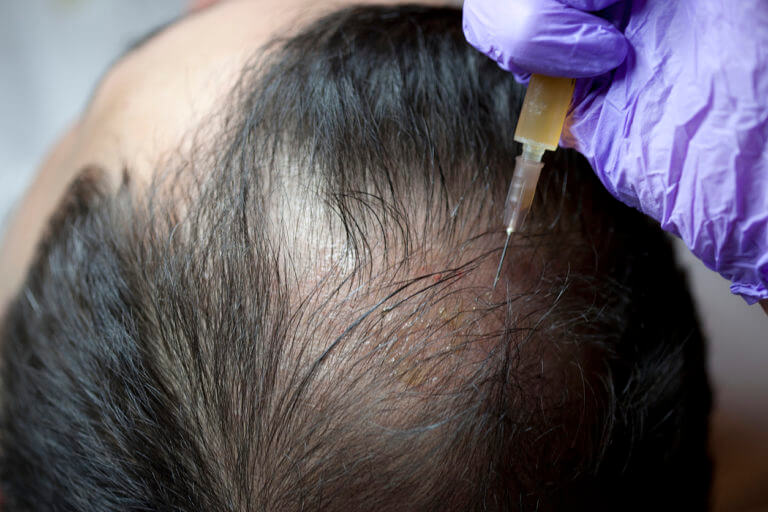
4. Hair Transplant Surgery
For those experiencing significant hair loss, hair transplant surgery remains one of the most effective options. The most advanced techniques include Follicular Unit Extraction (FUE) and Follicular Unit Transplantation (FUT).
- FUE: In this minimally invasive procedure, individual hair follicles are extracted from a donor area (usually the back of the head) and implanted into the balding areas.
- FUT: A strip of scalp is removed from the donor area, and individual follicular units are dissected and implanted into the recipient area.
- Effectiveness: Hair transplants provide long-lasting results, but the final outcome depends on the skill of the surgeon and the extent of hair loss.
- Side Effects: Scarring and infection are potential risks, but these are rare with modern techniques.
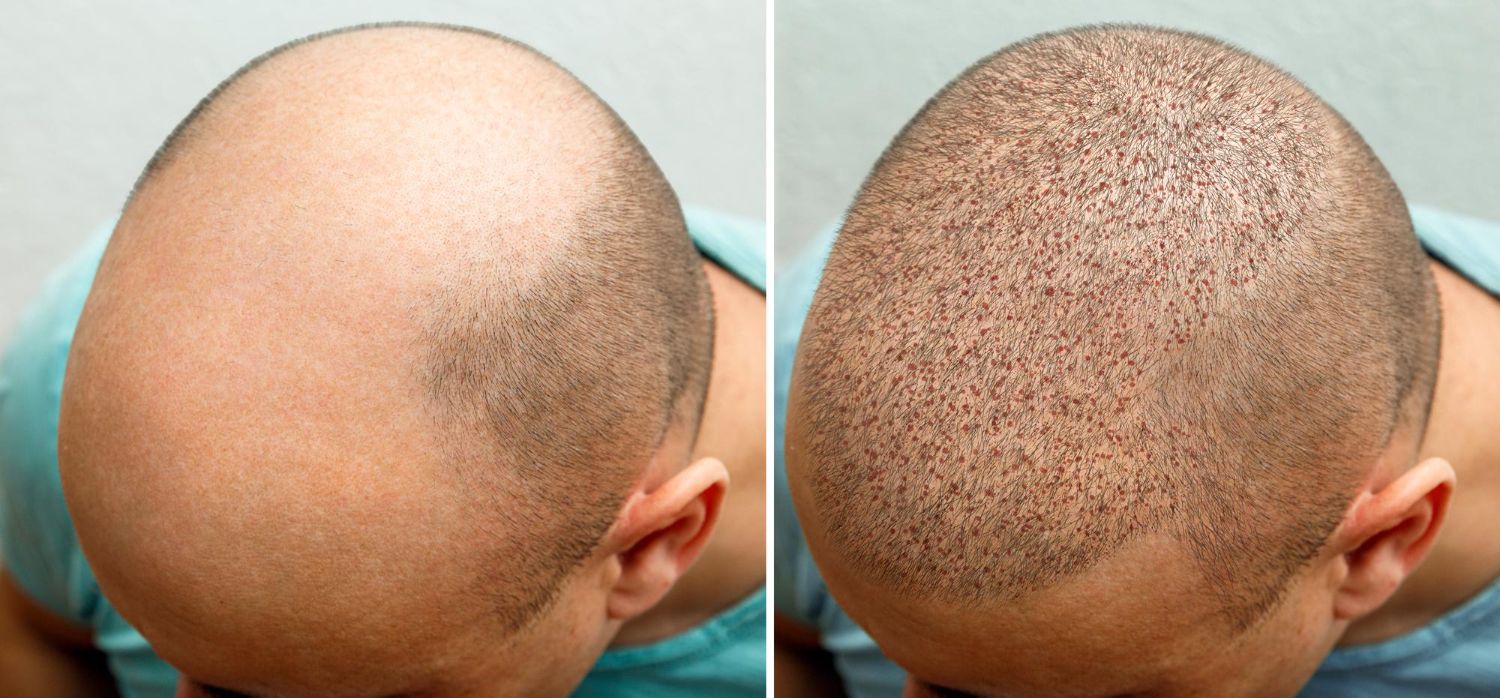
New Hair Loss Innovations
1. Stem Cell Therapy
One of the most exciting new developments in hair restoration is stem cell therapy. This treatment uses the body’s regenerative cells to stimulate hair follicles. The therapy involves harvesting stem cells from the patient’s body (often from adipose tissue) and injecting them into the scalp.
- How it Works: Stem cells have the ability to differentiate into various cell types, potentially leading to the regeneration of damaged hair follicles.
- Effectiveness: Research is ongoing, but early results show promise in promoting hair regrowth.
- Limitations: Currently, stem cell treatments are still in clinical trials, and widespread availability is limited.
2. Low-Level Laser Therapy (LLLT)
Low-Level Laser Therapy is a non-invasive treatment that uses lasers to stimulate hair follicles. It is available in clinical settings as well as in over-the-counter devices like laser combs or caps.
- How it Works: LLLT increases blood flow to the scalp, encouraging hair follicles to remain in the growth phase (anagen).
- Effectiveness: Studies suggest that LLLT can be an effective treatment for both men and women, particularly when combined with Minoxidil or Finasteride.
- Side Effects: This treatment is generally considered safe, with no significant side effects.
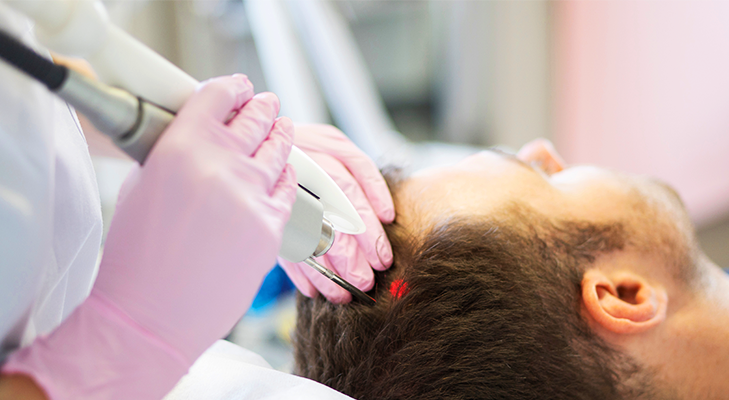
3. Exosome Therapy
A newer addition to the regenerative medicine field, exosome therapy involves injecting exosomes—tiny vesicles that carry proteins and genetic material from stem cells—into the scalp. These exosomes can potentially signal hair follicles to regrow hair.
- Effectiveness: While still relatively experimental, exosome therapy has shown promise in early trials as a powerful regenerative treatment.
- Side Effects: Minimal, as the treatment uses the body’s natural signaling pathways.
4. JAK Inhibitors for Alopecia Areata
Janus Kinase (JAK) inhibitors are a new class of drugs that show great potential for treating autoimmune forms of hair loss like alopecia areata. JAK inhibitors work by blocking inflammatory pathways that lead to hair follicle destruction.
- Effectiveness: Clinical trials have shown promising regrowth in patients with alopecia areata.
- Limitations: These treatments are not yet widely available and are primarily used in experimental settings.
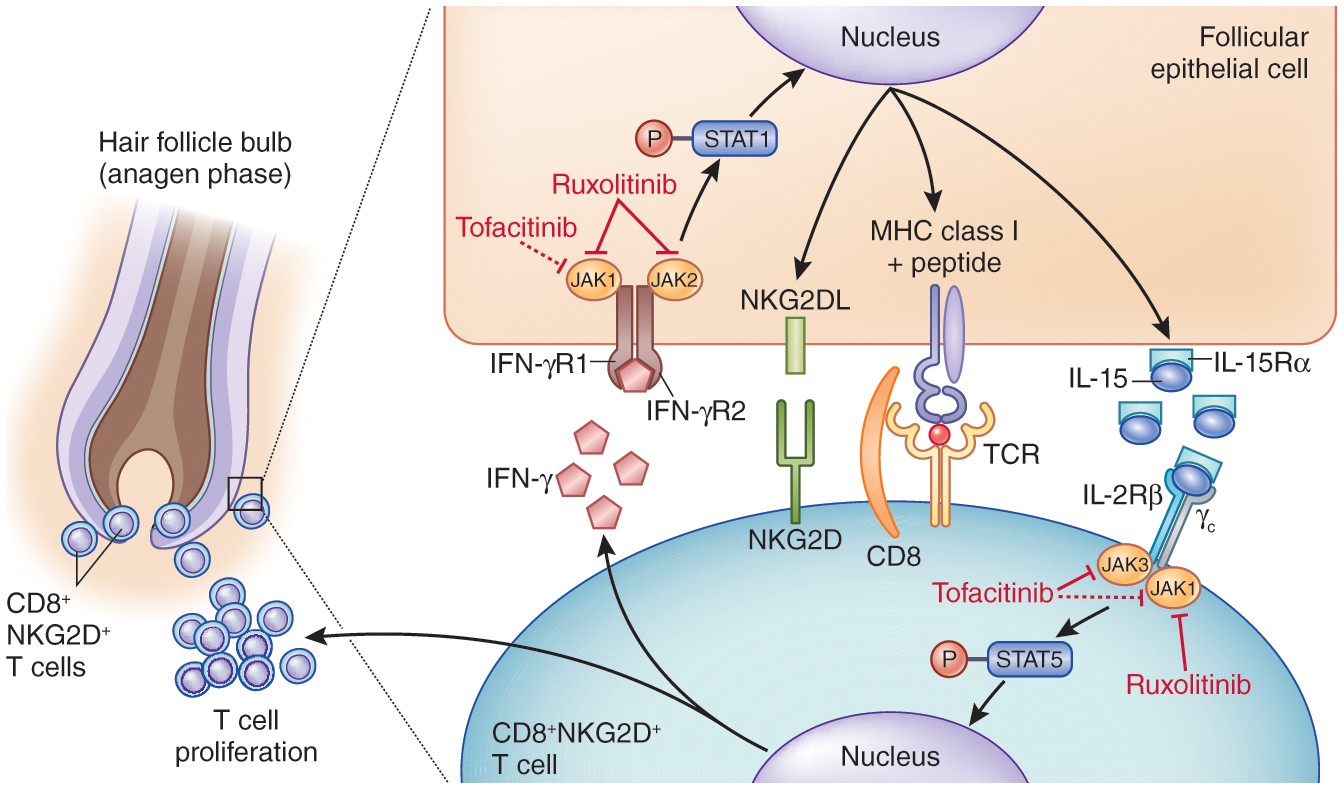
Alternative and Natural Hair Loss Solutions
1. Biotin and Nutritional Supplements
Biotin, along with other supplements like iron, zinc, and vitamin D, is often recommended to support hair growth. While these supplements may help strengthen hair, they are not considered primary treatments for hair loss.
- Effectiveness: Supplements are beneficial for those with deficiencies, but they are unlikely to reverse genetic hair loss.
2. Natural Remedies (e.g., Saw Palmetto, Pumpkin Seed Oil)
Natural remedies that claim to block DHT (such as saw palmetto and pumpkin seed oil) have gained popularity as alternative treatments. While these remedies may have mild benefits, they are generally less effective than medical treatments like Minoxidil or Finasteride.
Choosing the Right Treatment for You
When choosing a hair loss treatment, it’s crucial to consult with a dermatologist or trichologist to determine the underlying cause of your hair loss and the most appropriate solution. Some individuals may benefit from a combination of treatments, such as using Minoxidil alongside PRP therapy, while others may prefer a more permanent option like hair transplant surgery.
Additionally, consider the long-term costs and commitment involved in each treatment. Medications like Minoxidil and Finasteride require consistent, lifelong use to maintain results, whereas surgical options like FUE offer more permanent solutions.
Frequently Asked Questions (FAQ)
- How long does it take to see results from hair loss treatments?
- Most treatments, such as Minoxidil and Finasteride, take 3-6 months to show visible results, but consistency is key.
- Are there any side effects to hair loss treatments?
- Side effects vary by treatment. Minoxidil may cause scalp irritation, while Finasteride can affect hormone levels. Consult with a physician before starting any new treatment.
- Can natural remedies cure hair loss?
- While some natural remedies may help with mild hair thinning, they are generally less effective than proven medical treatments.
- Which treatment is best for me?
- The best treatment depends on the type and cause of your hair loss. Consulting with a dermatologist will help tailor a plan that suits your individual needs.
Conclusion
With advances in hair loss treatments, from time-tested medications like Minoxidil and Finasteride to cutting-edge innovations like stem cell therapy and exosome injections, there’s never been a better time to tackle hair loss. Whether you’re looking for non-invasive options or more permanent solutions, there’s something for everyone. Always consult a professional to determine the best course of action for your specific condition.
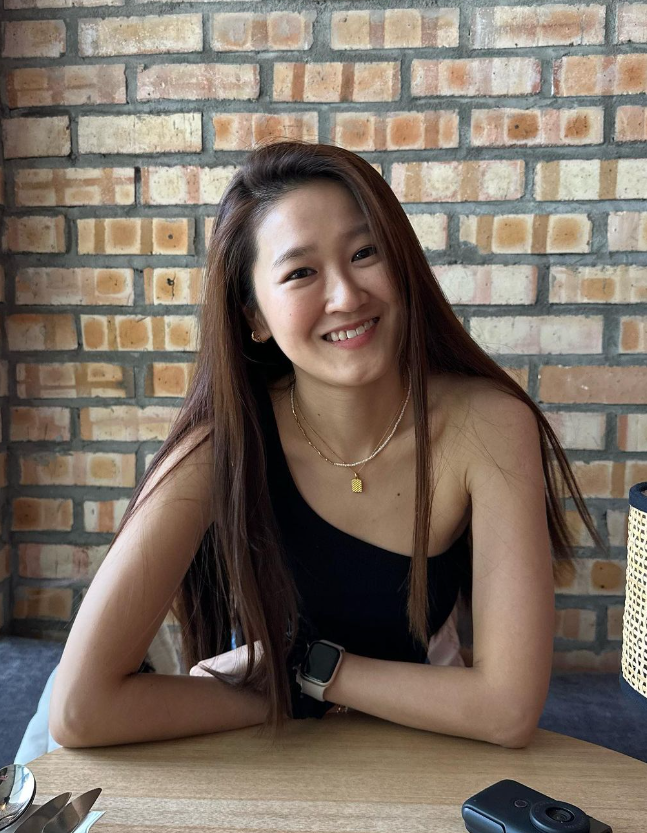
My name is Nichelle, a beauty blogger with a passion for sharing knowledge and experience in beauty, especially hair care. I am currently collaborating with KS Hair Studio to bring you truly high-quality content such as sharing knowledge, product reviews, and my own hair care journey. Follow Nichellex and KS Hair Studio to discover hair care secrets together!
